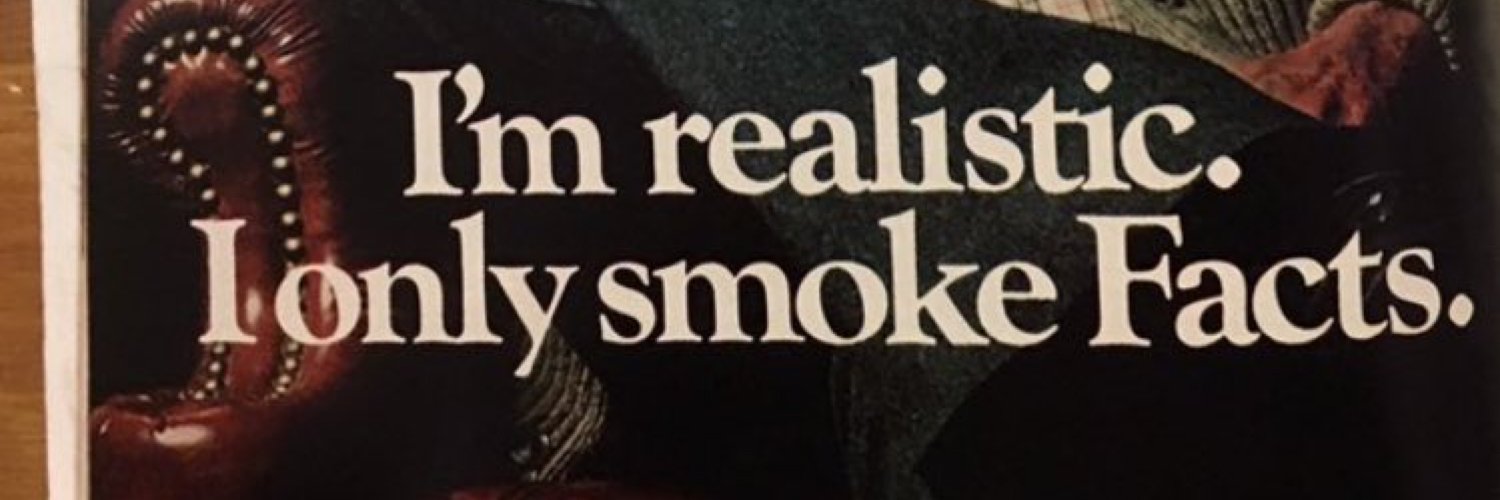
Nic Fishman
@njwfish
(s)gd is all you need. prev: cs/soc @stanford, ml @oxfordstats. now: stats @harvard. always @zahra_thab.
4/ With this simple setup, we find surprisingly elegant geometry: GDE latent distances track Wasserstein-2 (W₂) distances across modalities (shown for multinomial distributions) Latent interpolations recover optimal transport paths (shown for Gaussians and Gaussian mixtures)
3/ Why does this matter? ✅ Abstracts away sampling noise ✅ Enables reasoning at the population level ✅ Supports prediction, comparison, and generation of distributions ✅ Lets us leverages powerful domain-specific generative models to learn distributional structure
2/ GDEs show that all you need is: 1. an encoder that maps samples to a latent representation and 2. any conditional generative model that samples from the distribution conditional on the latent to lift autoencoders from points to distributions!
1/ Real-world problems are hierarchical: we observe sets of datapoints from a distribution. - Cells grouped by clone or patient - Sequences by tissue, time, or location And we want to model the clone, the patient, or the tissue, not just the individual points.
🚨 New preprint 🚨 We introduce Generative Distribution Embeddings (GDEs) — a framework for learning representations of distributions, not just datapoints. GDEs enable multiscale modeling and come with elegant statistical theory and some miraculous geometric results! 🧵